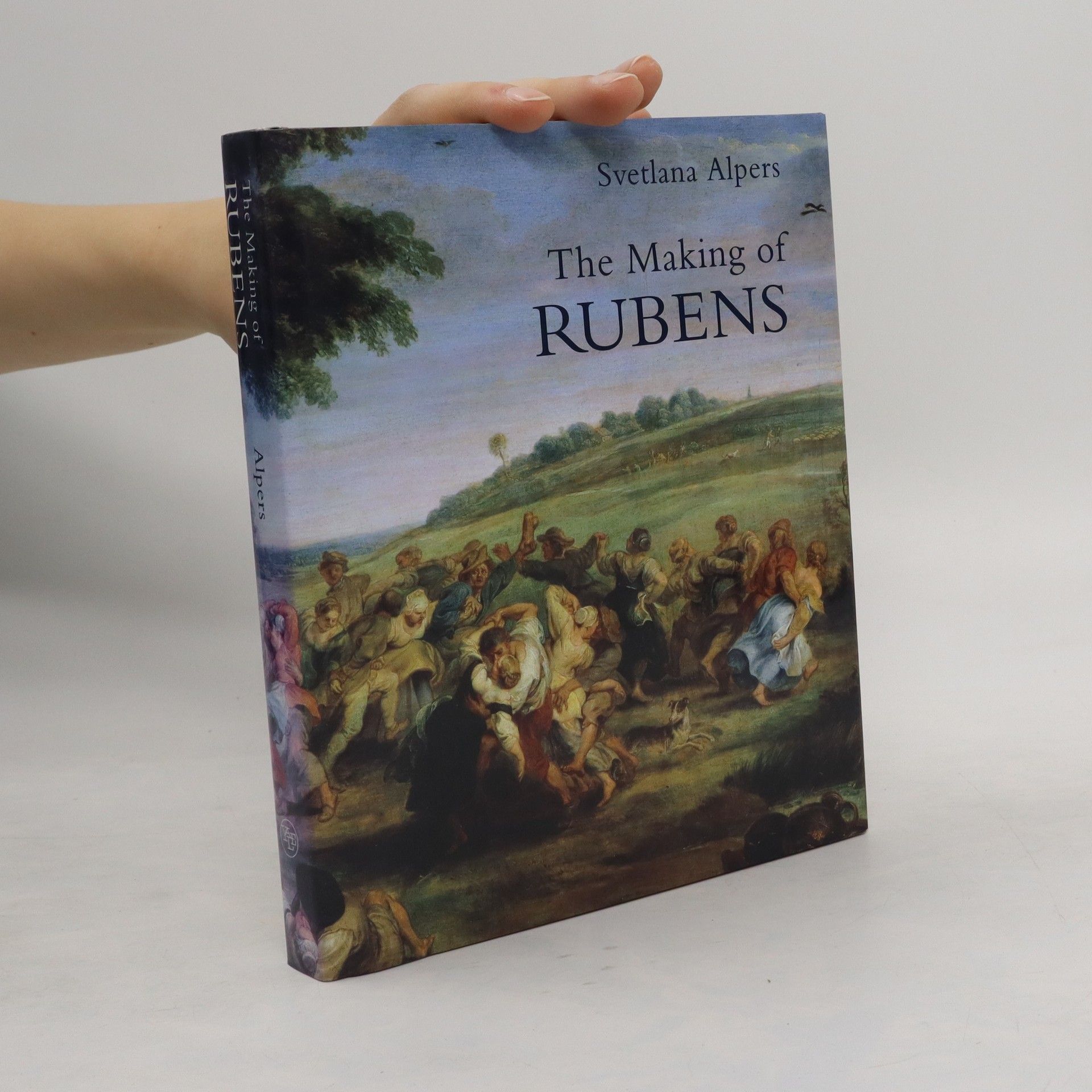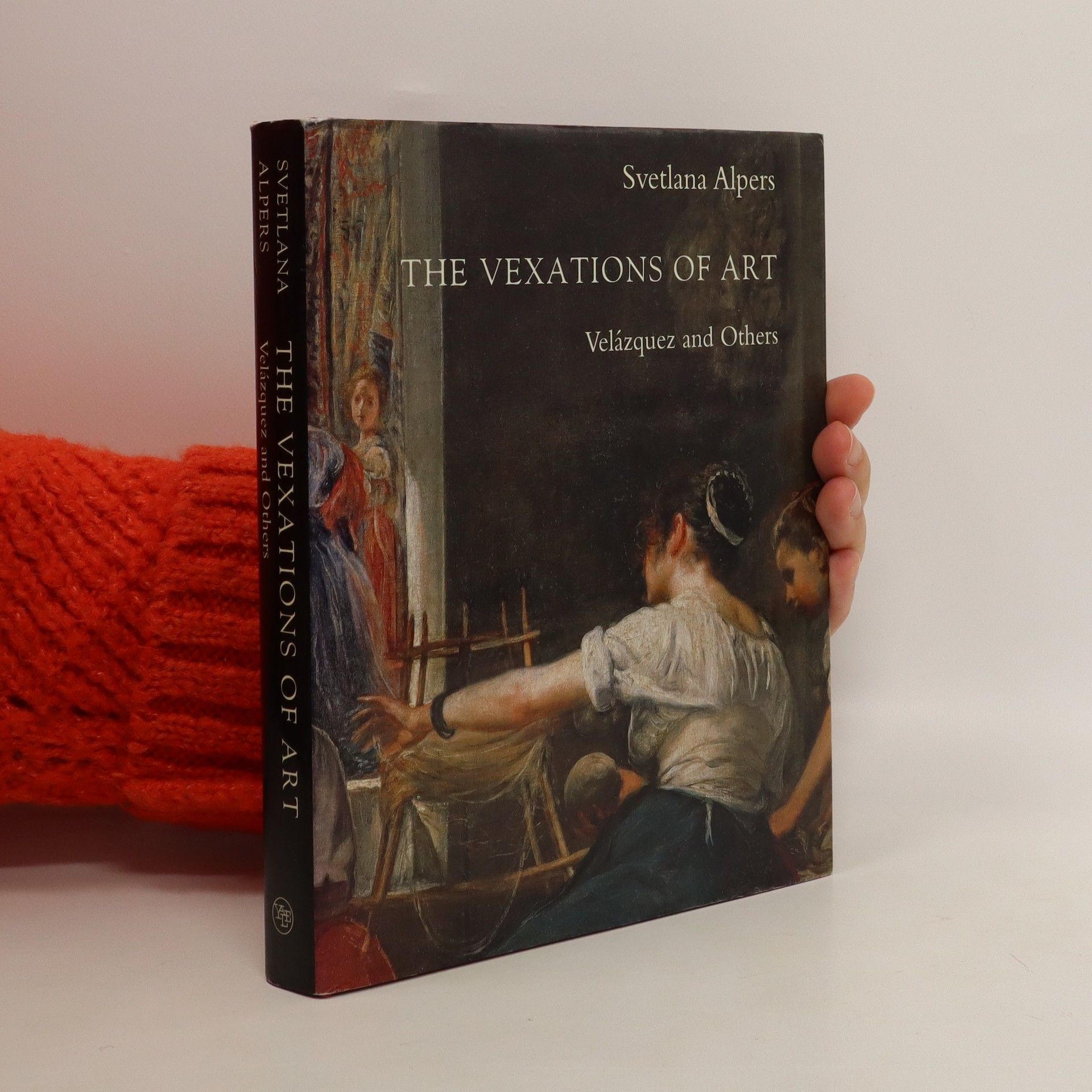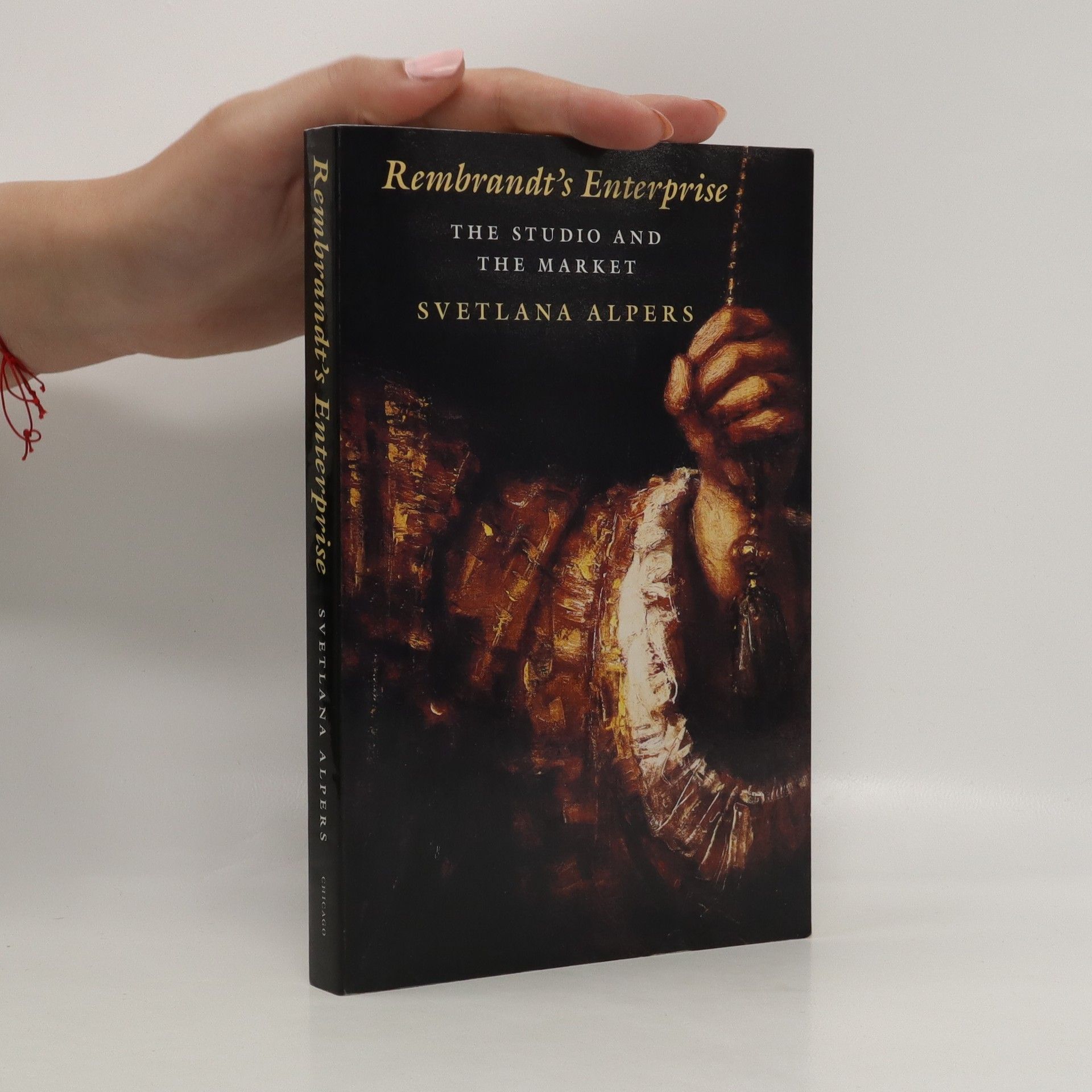This comprehensive study delves into the life and work of renowned photographer Walker Evans, exploring his innovative techniques and the profound impact of his imagery on American culture. It examines his iconic photographs that capture the essence of everyday life during the Great Depression, highlighting his unique perspective and artistic vision. The book also contextualizes Evans within the broader landscape of photography and art, offering insights into his legacy and influence on future generations of photographers.
Svetlana Alpers Book order
Svetlana Alpers was a pivotal art historian who focused her work on Dutch Baroque art. She taught as a professor of Art History at UC Berkeley and was a proponent of the "new art history." Alpers challenged traditional iconographical approaches in her analyses, emphasizing instead the visual description and specificities of Dutch painting. Her scholarship was notable for its innovative integration of art history with fields such as economics and optics theory, consistently urging new perspectives on artworks.






- 2023
- 2007
The vexations of art : Velázquez and others
- 308 pages
- 11 hours of reading
"Alpers concentrates on the art of the seventeenth century, but also looks back and forward in time. She considers Velazquez as curator of the Spanish royal collection, which included many works by his admired predecessors Titian and Rubens. Velazquez also resembles Manet, and the affinity between the two painters is analyzed. Both worked in a tradition that assumed that there were persistent pictorial problems to take up. Inventive change was encouraged. Art such as this vexes or unsettles our view of the world even as it gives us reason to pause and look. The book concludes by asking whether painting continues to do that today." "This book reflects Alpers's close looking and long reflection upon a certain tradition of European painting. It illuminates the nature of what the most alert painters do, and why."--BOOK JACKET.
- 1995
The second problem is that of art and its consumption. Beginning with Watteau, the making of a Rubensian art is traced in the taste for Rubens in the eighteenth century in France, where many of the pictures he had kept for his own collection had found their way. In the writings of Roger de Piles and in the work of the painters to follow, art is made out of the viewing and discussing of art. A binary system of taste emerged for Rubens as contrasted with Poussin, and critical distinctions came to be fashioned in the binary terms of gender. Finally, Alpers considers creativity itself and how, as a man and as a painter, Rubens could have viewed his own generative talent. An analysis of his Munich Silenus - fleshy, intoxicated, and, following Virgil's account, disempowered as a condition of producing his songs - reveals a sense of the creative gift as humanly indeterminate and equivocal.
- 1989
Rembrandt's enterprise : the studio and the market
- 308 pages
- 11 hours of reading
Singularly interesting and stimulating. . . . A passionate and original work of scholarship.--Richard Wollheim, Times Literary Supplement With the publication [of Rembrandt's Enterprise], Svetlana Alpers has firmly established herself in the front ranks of art historians at work today. . . . The book is not a long one. Yet, there is more perceptive scholarship packed into its four chapters than is typically found in a whole shelf of the more common outpourings of academic writers. Rembrandt's Enterprise is less a book of archival discoveries than of fresh interpretation of the revered artist and his milieu. . . . Alpers makes us see how Rembrandt's complex and enormously popular art has embedded itself in our ways of thinking about who we are and how we live, even in the late 20th century.--Christopher Knight, Los Angeles Herald Examiner
- 1985
Alpers, Svetlana. Kunst als Beschreibung - Holländische Malerei des 17.Jahrhunderts. Mit einem Vorwort von Wolfgang Kemp. Köln, Dumont Verlag, 1985. 8°. 429 Seiten mit zahlreichen Illustrationen. Original Hardcover with dustjacket. / Originaler Leinenband mit Schutzumschlag. Excellent condition with only minor signs of external wear. Small mistake from publisher's bindery to lower spine. / Sehr gut erhalten bis auf einen kleinen Verlagsdefekt am unteren Kapital der Bindung. Wenige, ganz feine Bleistiftanstreichungen und ein oder zwei radierbare Anmerkungen. Seltenes, lange vergriffenes Buch ! Enthält Constantin Huygens und Die Neue Welt / Ut pictura, ita visio - Keplers Modell des Auges und das Bildermachen im Norden / Mit getreulicher Hand und ehrlichem Auge - Das Handwerk der Darstellung / Kartographie und Malerei in Holland / Der Blick auf Wö Die Darstellung von Texten in der holländischen Kunst / Vermeer und Rembrandt / Über die emblematische Interpretation holländischer Kunst //
- 1984
The Art of Describing
- 302 pages
- 11 hours of reading
Constantijn Huygens and The New World -- "Ut pictura, ita visio": Kepler's model of the eye and the nature of picturing in the North -- "With a sincere hand and a faithful eye": The craft of representation -- The mapping impulse in Dutch art -- Looking at words: the representation of texts in Dutch art -- Epilogue: Vermeer and Rembrandt -- Appendix: On the emblematic interpretation of Dutch art
